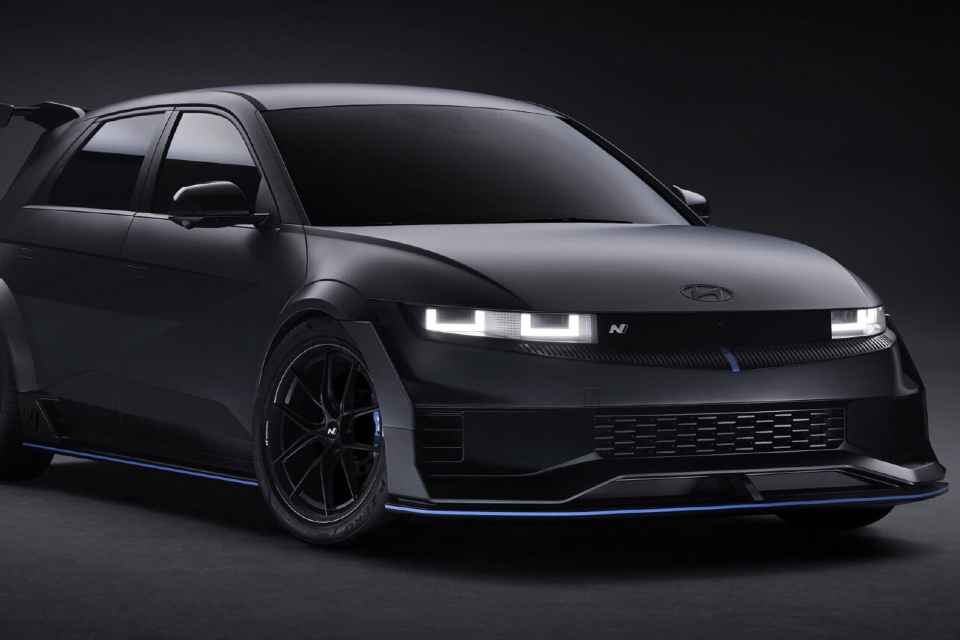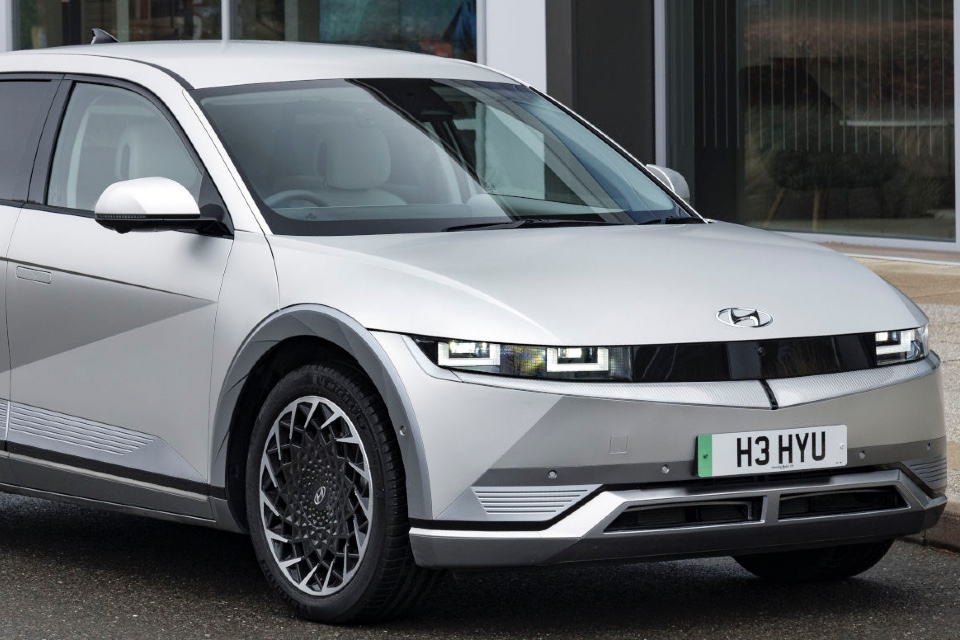THE WHICHEV VIEW: Ioniq 5 N NPX1 revealed by Hyundai

By WhichEV Hyundai Motor Company has been pioneering in the car market since its inception in 1967 – and it has just made a splash at the Tokyo Auto Salon 2024 with the unveiling of the ‘IONIQ 5 N NPX1.’ This concept model, laden with prototype N Performance Parts – aimed at enhancing the high-performance […]
Hyundai details enhancements for in-demand IONIQ 5 EV

Hyundai has enhanced its multi award-winning IONIQ 5 with the introduction of the 2023 model year, including a new 77.4kWh battery, along with several range tools and new features. First launched in February 2021, IONIQ 5 is the first model based on Hyundai Motor Group’s dedicated BEV platform, Electric Global Modular Platform (E-GMP). Along with […]
Lightning storms on list of top EV anxieties

Almost one fifth of petrol and diesel car owners are put off going electric because they’re worried about driving in adverse weather conditions, including, um, lighting storms. Interest in green motoring continues to grow as Brits look to cut their carbon footprint and reduce their running costs, with sales of pure electric cars up by […]


